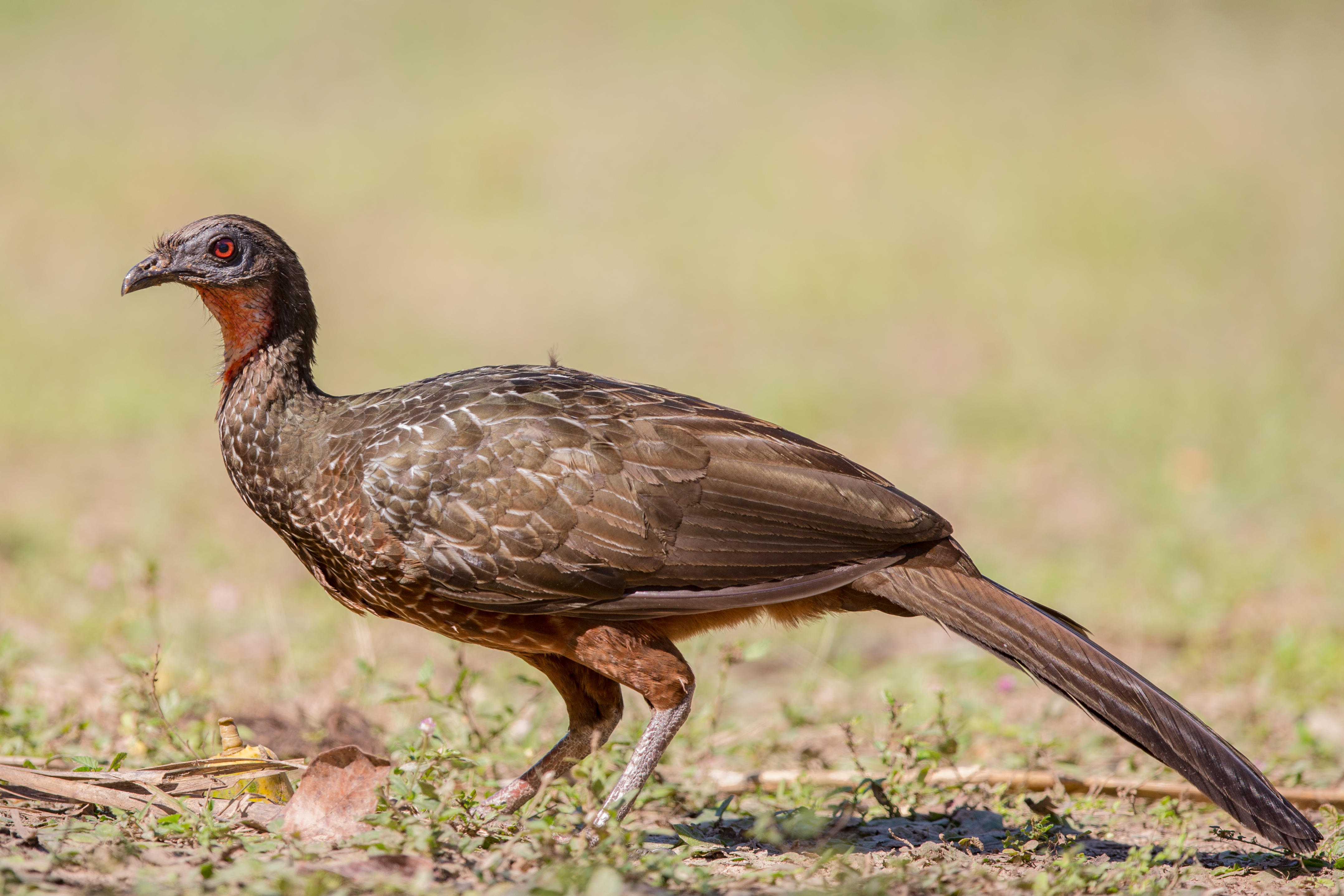"Curassows and related birds" is a 476-page volume published in 2004 by Lynx Edicions (Spain) and the American Museum of Natural History. The birds in question are curassows, chachalacas and guans. Together they form the family Cracidae within the order Galliformes. They are thus evolutionary cousins of chickens, turkeys and pheasants.
The work is a new and fully updated edition of a book originally published in 1973 (under the same title). Most of the original text and illustrations are included in the 2004 version. The authors of the original version were Jean Delacour and Dean Amadon, the paintings were provided by Albert Earl Gilbert and others. The original was sponsored by John H Phipps, a Florida businessman and polo player who supported various conservationist projects. The 2004 edition has been updated by Joseph del Hoyo and Anna Motis. Del Hoyo is the chief editor of the multi-volume "Handbook of the Birds of the World" (HBW), and wrote the chapter on curasows and their allies. He is considered a leading expert on cracids.
The cracids are found in South and Central America. Many species are threatened by extinction at the hands of humans. They are tame, hunted for their meat by the rural population, and many live in the Amazon. The good news is that two species believed to be extinct in 1973 were later rediscovered!
Just like HBW, "Curasows and related birds" is an information overload extravaganza. It includes essentially everything there is to know about cracids: the wing-drumming mating display of the guans, variations in the windpipe (trachea), wattles and other beak ornamnets, hybridization... The systematics of this group is frequently confusing, with unclear numbers of species, subspecies and even superspecies. The species presentations contain information on range, habitat, nesting and birds in captivity.
It´s obvious that the teams making this book looked pretty much everywhere for facts pertaining to cracids. Sometimes, *they* were involved in the original research. Thus, we learn that a pair of chestnut-winged chachalacas were sent to Delacour already in 1910. And who could have imagined that some children once stole the eggs of a nesting bare-faced curassows from the zoo at Chester, England? (Not clear whether some of the authors´ kids were involved!) There is also a discussion about whether the rufous-vented chachalaca was introduced by humans to the Grenadines (quoting a letter from 1925) and if so, when it happened. I believe the update says Tobago during the late 1600´s. Some cracids still have secrets: nothing is known about the breeding of the chestnut-bellied guan in Brazil and Bolivia.
The color plates are spectacular. The plates from the original version have been kept, and new plates show downy chicks of many species. The new edition also includes the cracid plates from "Handbook of the Birds of the World".
Recommended, even if you are completely uninterested in Cracidae and their ultimate fate. The book is so well-produced that it´s a "must have" for all book collectors!

No comments:
Post a Comment